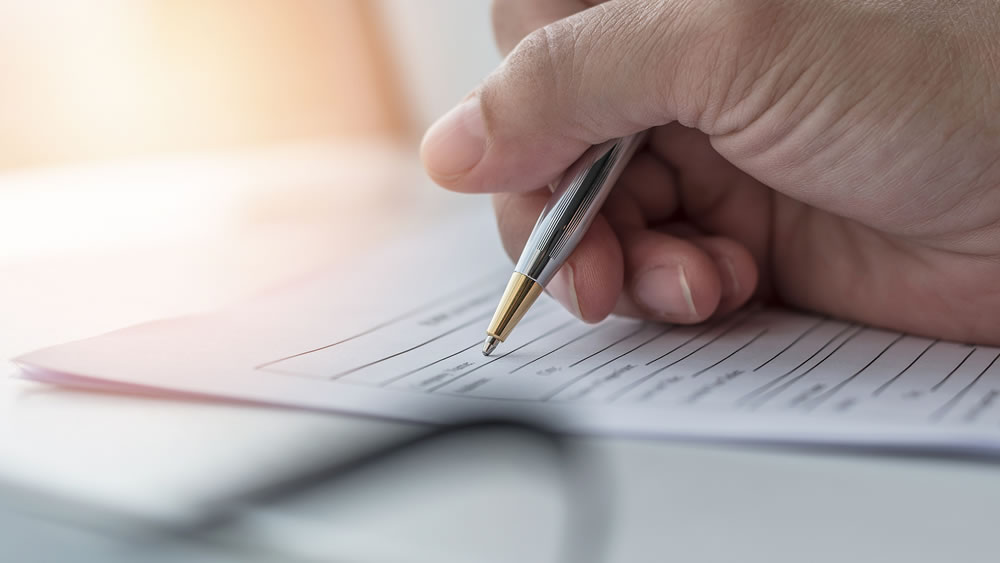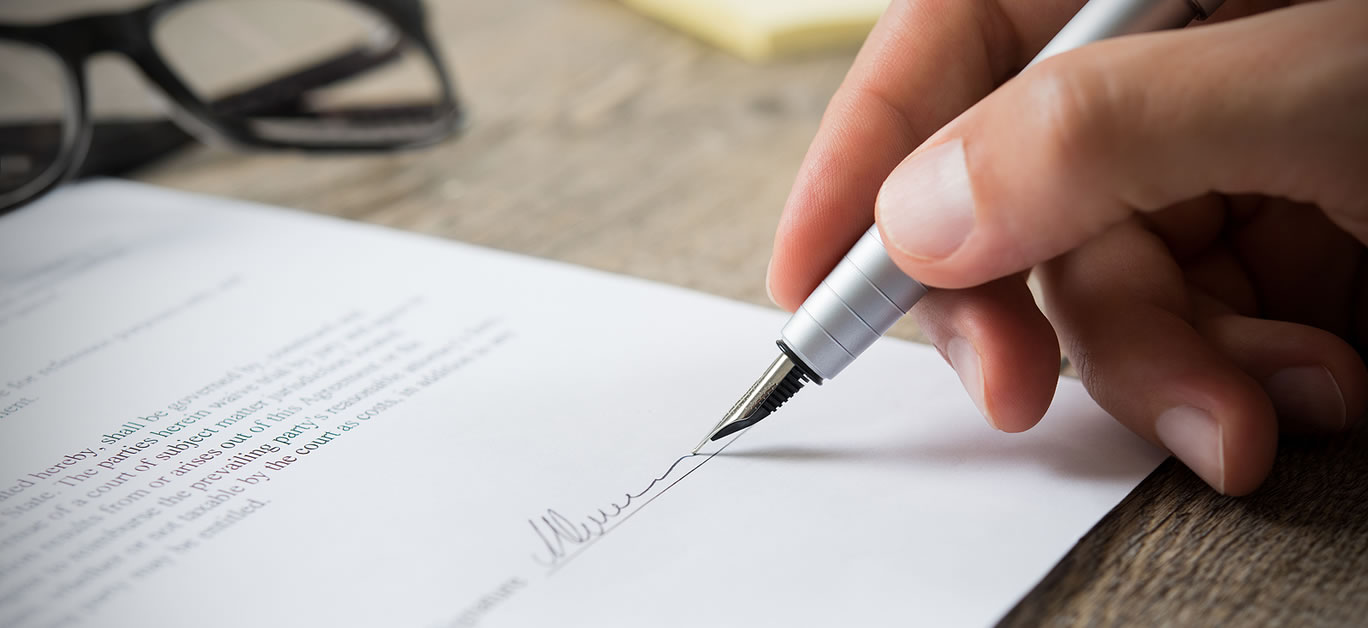Your name is one of the most important things you’ll be given in your lifetime – but what happens when you need to change it? From marriage to divorce, there are several situations which might see you needing to change your surname. And, if you’ve never exactly loved the birth name your parents chose for you, then you might even want to choose a new one of those, too.
Whether it’s a happy occasion or less so, the fact remains that the process can be daunting. After all, with so many documents and personal accounts to get in order, where exactly do you start? The good news is, it’s easier than you might think, and armed with the right knowledge and information, it won’t take much to get the ball rolling.
We asked the experts at the UK Deed Poll Office to share their top tips to help demystify the process for you – dependent on your situation, and the reasons for the change.

Changing your name after marriage or divorce
Just celebrated your dream wedding? Although it’s not essential to take your spouse’s name after marriage, it’s a tradition that many choose to follow. You can opt to take their surname alone, or go for a double-barrelled surname instead, which would feature both your surname and theirs, hyphenated – which is a good option for those with a professional reputation they’d like to maintain, so that people will still know who you are.
Taking your spouse’s surname only is the simplest option when it comes to the paperwork, and you can use your marriage certificate to get the process started. As long as it includes your maiden name and spouse’s name, you can go ahead and apply for a new passport. Once you have received it back, you’ll then be able to update your other documents and accounts with ease, using your passport as the required official documentation to make for a smooth and speedy process.
If you’ve lost your marriage certificate, and are unable to get hold of a copy, then you can change your name by deed poll instead. Doing so will provide you with an official document that serves as evidence, which you can then use to update your forms of ID and other personal accounts. This is also the best approach for anyone wanting to retain their surname as well as taking their spouse’s without the hyphenation – although if you’re happy to have a hyphenated double-barrel, then your marriage certificate will be enough.
If you do require a deed poll, then you can hire a solicitor make the application for you, or simply do it yourself via the UK Deed Poll Office’s online portal.

Fancy choosing a brand-new surname for both yourself and your spouse? The good news is, it can be done. Whether it’s a brand-new surname or a combination of the two, you can also apply for a deed poll to make this official.
And, if you want to take your spouse’s name but continue using your maiden name professionally, then that’s also perfectly legal – just be sure to make this known when applying for your new passport, and be clear that you will be using your maiden name in a professional capacity, too.
The same rules apply in reverse for anyone reverting back to their maiden name after a divorce.
Changing your title but not your name
Want to change from Miss to Mrs. without taking your spouse’s name – or Mrs.to Ms. after a divorce while retaining your married name? Then go ahead and do it. You are not required to go through any legal process in order to do this, so there’s nothing to stop you doing this right away.






















